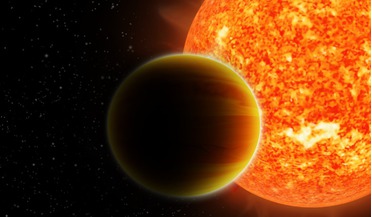 20 June 2016
Trio of hot Jupiters give clue to their formation
20 June 2016
Trio of hot Jupiters give clue to their formation
... forms a stable orbit close to its central star. Two leading theories to explain the mechanisms involved in hot Jupiter migration are gravitational scattering caused by other planets and dynamical interactions with the still present circumstellar...
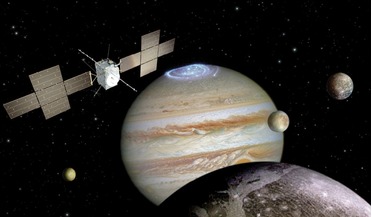 October 2017
Exploring Jupiter’s icy moons
October 2017
Exploring Jupiter’s icy moons
...Jovian environment. The mission will also focus on characterising the diversity of coupling processes and exchanges in the Jupiter system that are responsible for the changes in surface, ionospheric and exospheric environments at Ganymede, Europa and...
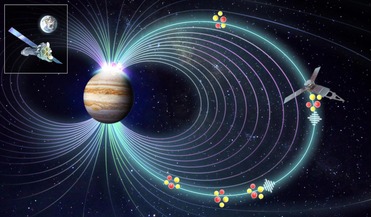 09 July 2021
Astronomers solve 40-year-old mystery of what causes Jupiter’s X-ray auroras
09 July 2021
Astronomers solve 40-year-old mystery of what causes Jupiter’s X-ray auroras
...one another. They also look very different too. For instance Jupiter’s polar aurora is often grouped into at least three structures... learnt about the auroras and other aspects of Jupiter when ESA’s JUpiter ICy moons Explorer (JUICE) arrives at the gas...
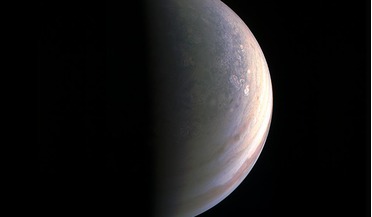 05 September 2016
Surprises for Jupiter as Juno sends back its first images
05 September 2016
Surprises for Jupiter as Juno sends back its first images
...4,200 kilometres (2,500 miles) above Jupiter's swirling clouds. "First glimpse of Jupiter's north pole, and it looks ... we are used to – this image is hardly recognisable as Jupiter. We're seeing signs that the clouds have shadows, possibly indicating ...
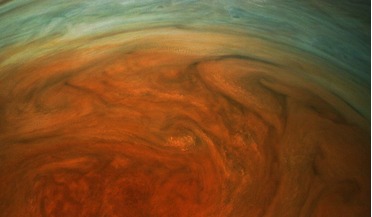 03 September 2018
Water discovered in Jupiter's Great Red Spot suggests plenty more down below
03 September 2018
Water discovered in Jupiter's Great Red Spot suggests plenty more down below
...point for water, said Bjoraker, "so I say that we very likely found a water cloud." "The discovery of water on Jupiter using our technique is important in many ways”, said Máté Ádámkovics, an astrophysicist from Clemson University. “Our current study...
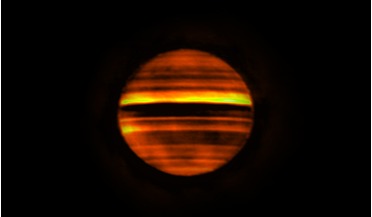 23 August 2019
Energetic eruption helps astronomers peer deep within Jupiter's atmosphere
23 August 2019
Energetic eruption helps astronomers peer deep within Jupiter's atmosphere
...marks the presence of a storm – breaking through the layered atmosphere and it was spotted by amateur astronomers occurring in Jupiter’s South Equatorial Belt in January 2017. After it reached the surface, it caused large-scale disruption in the belt...